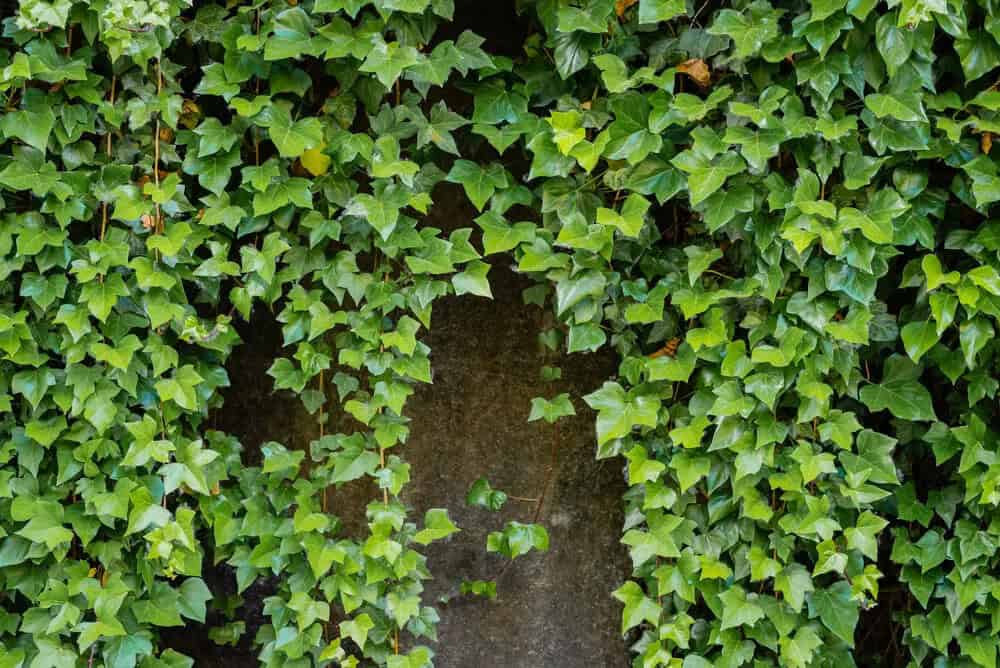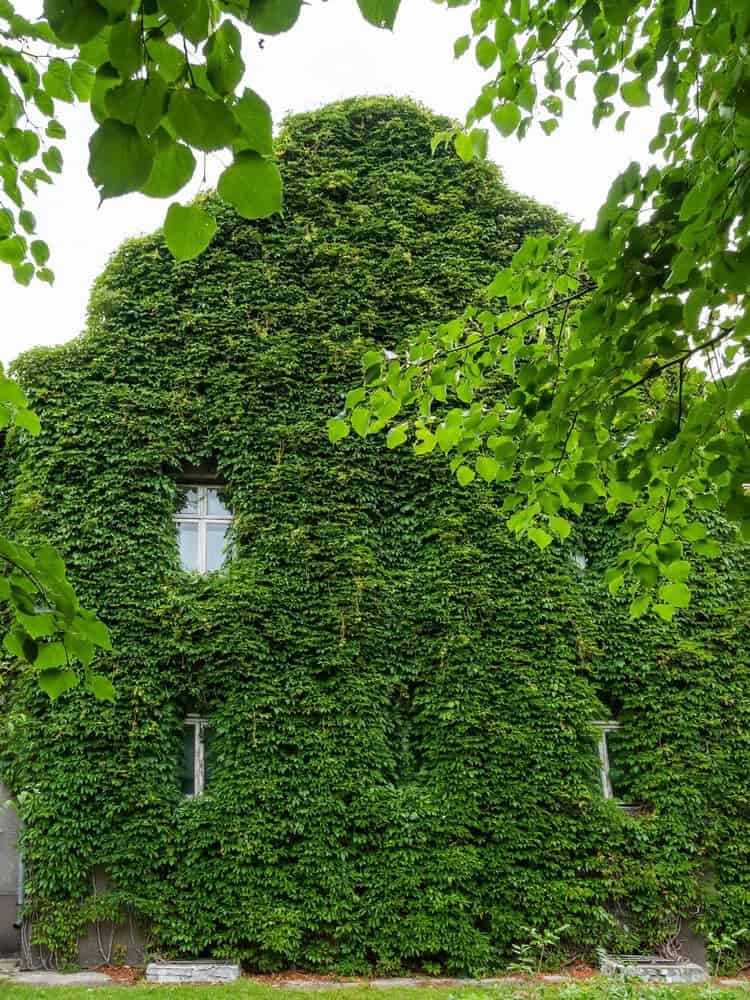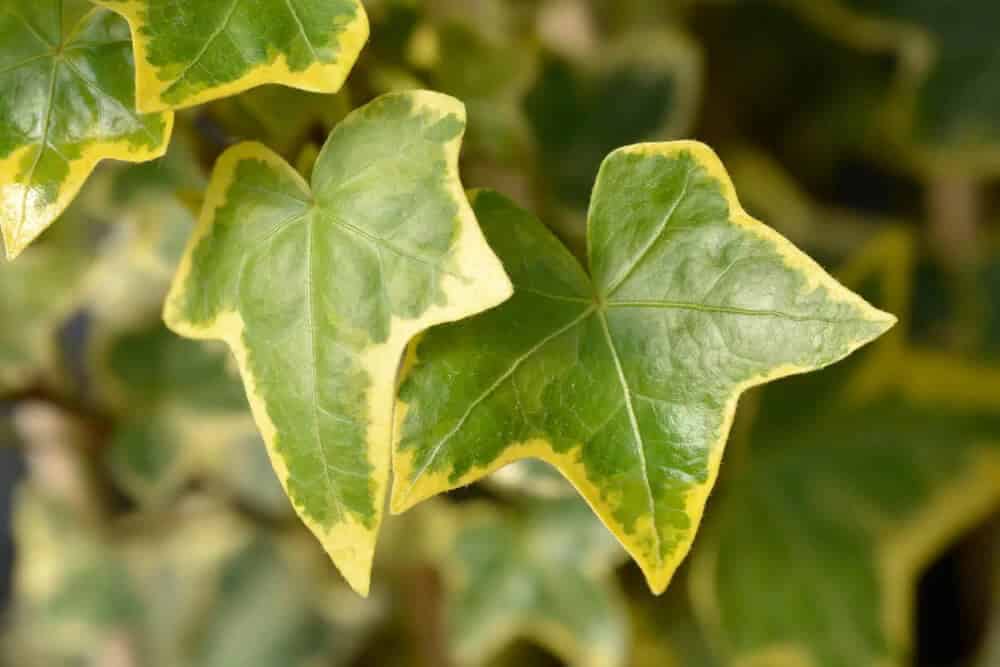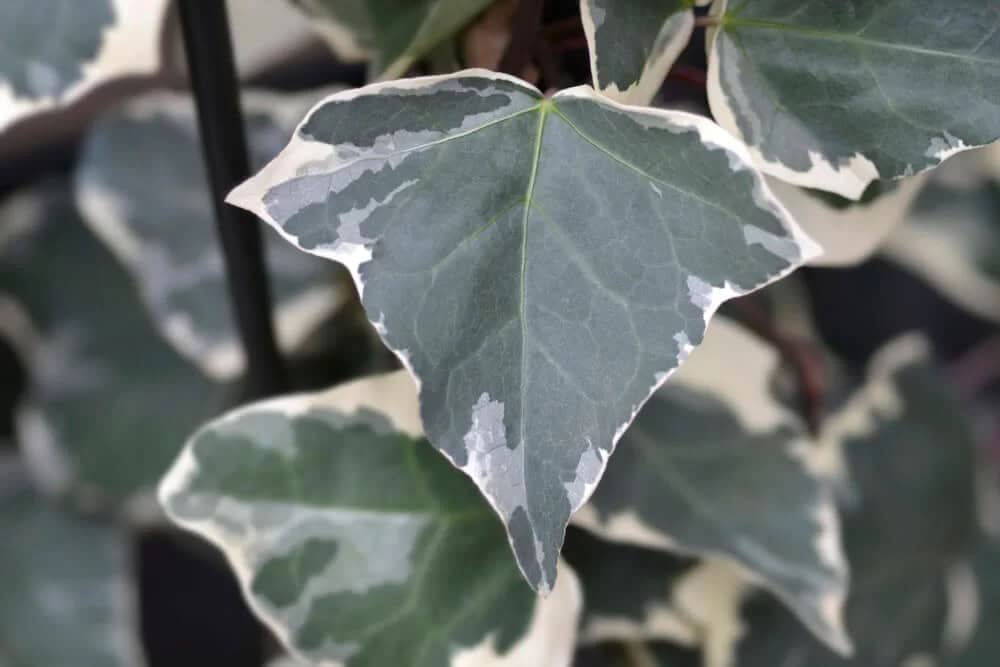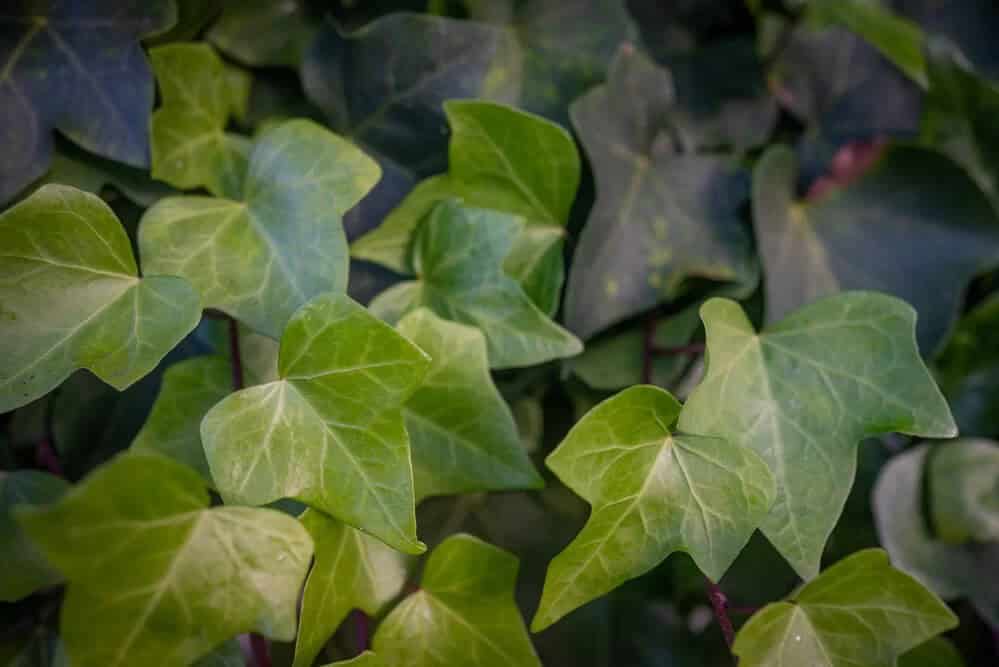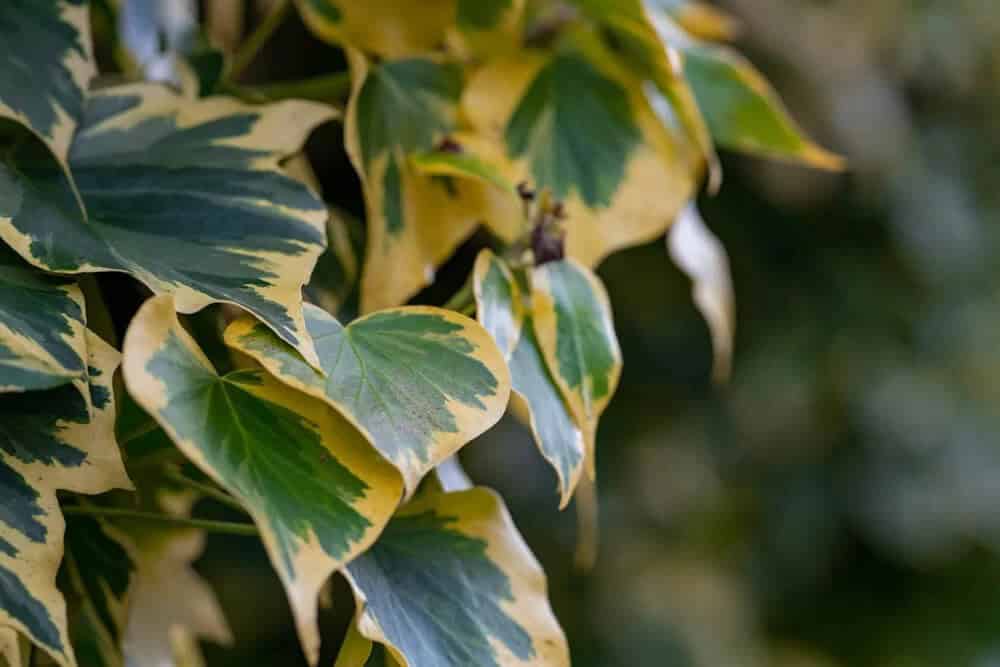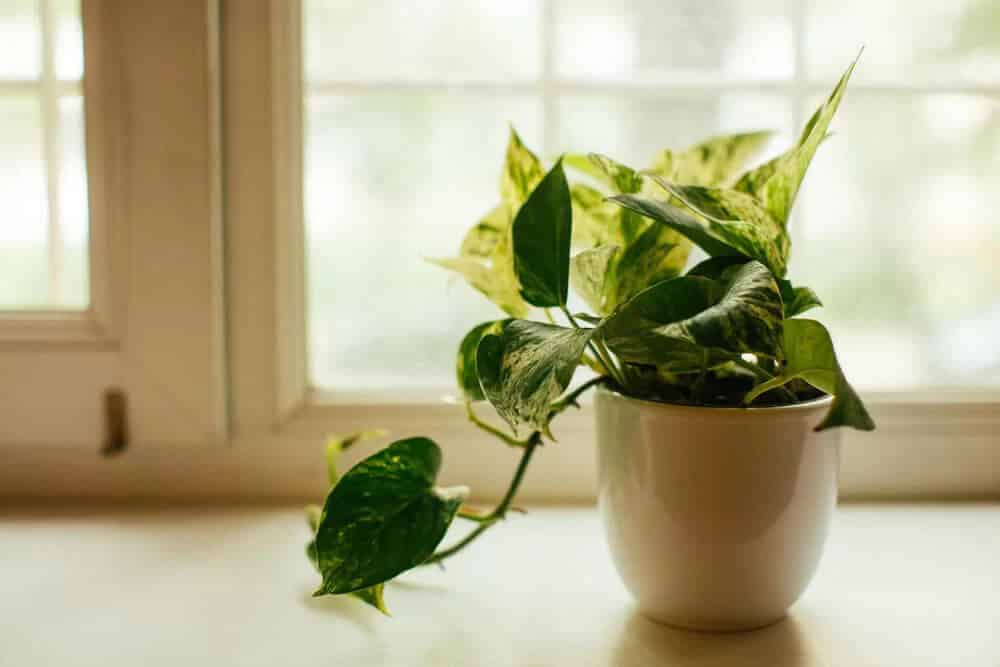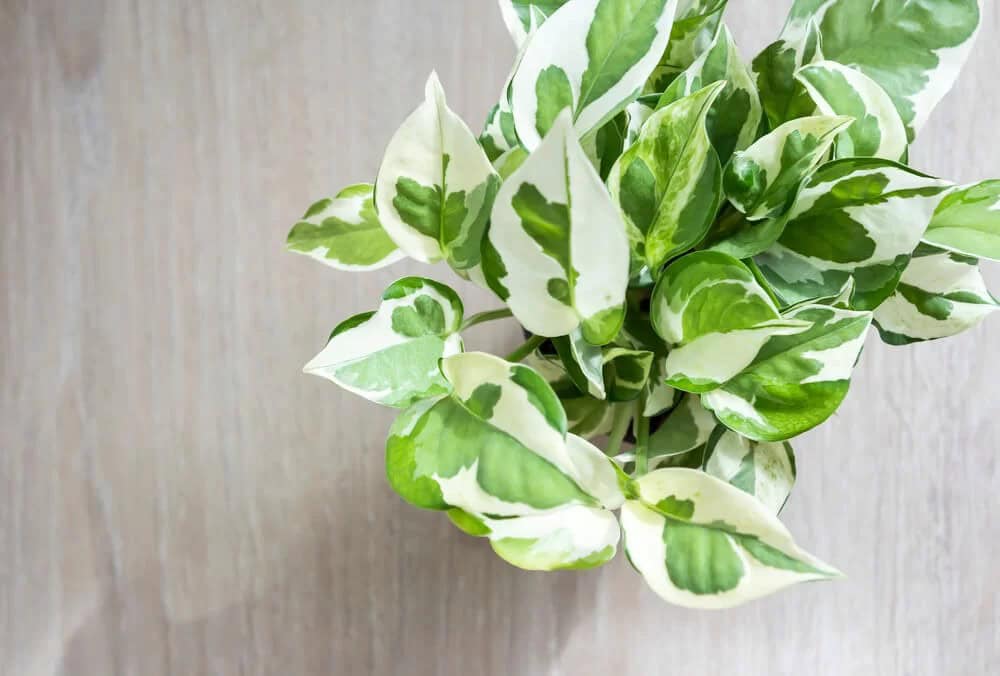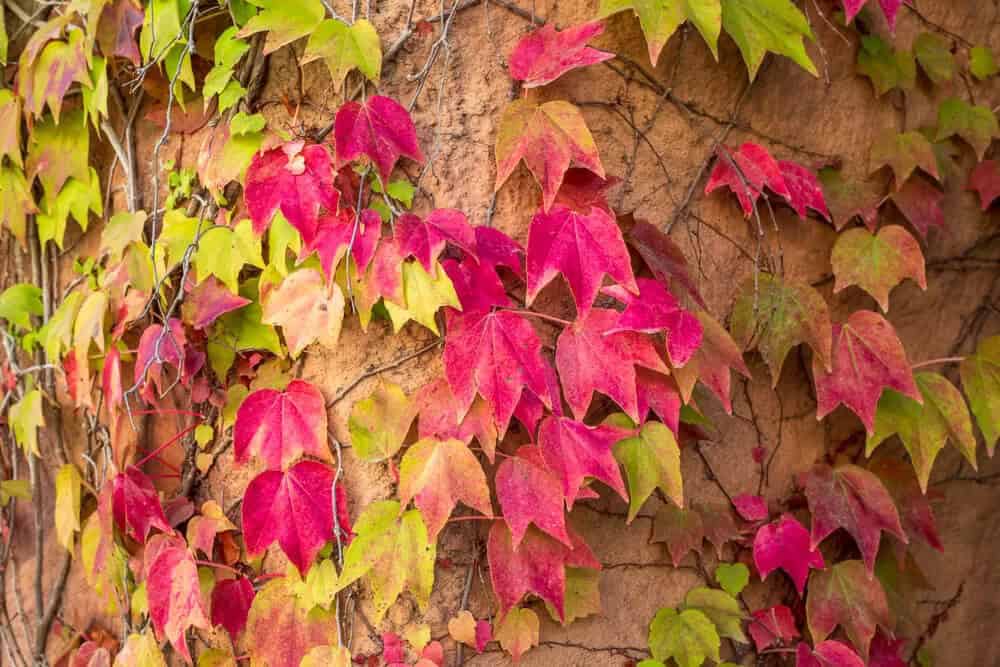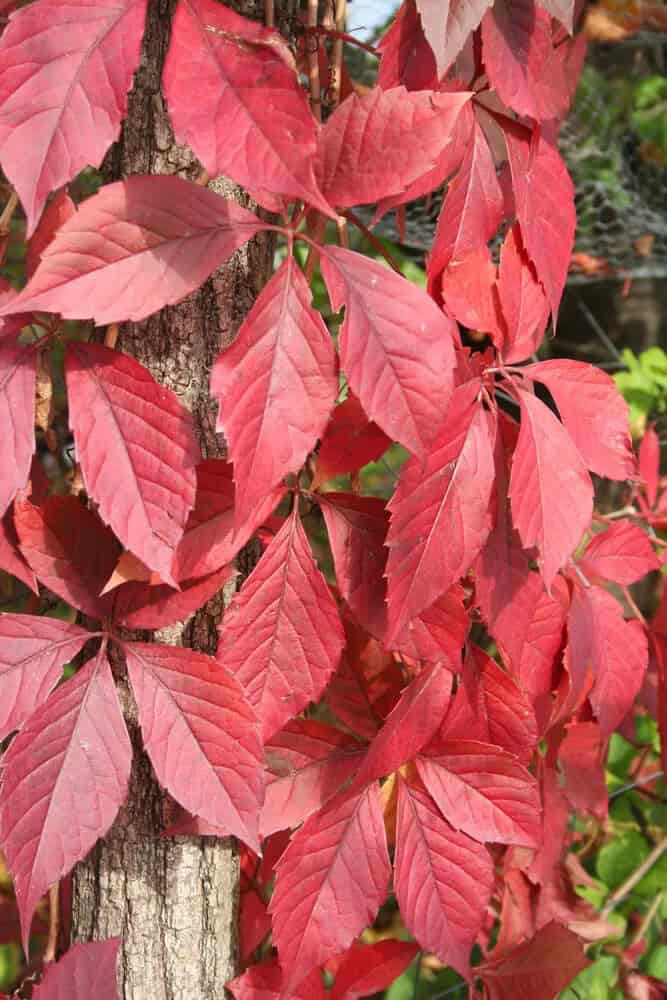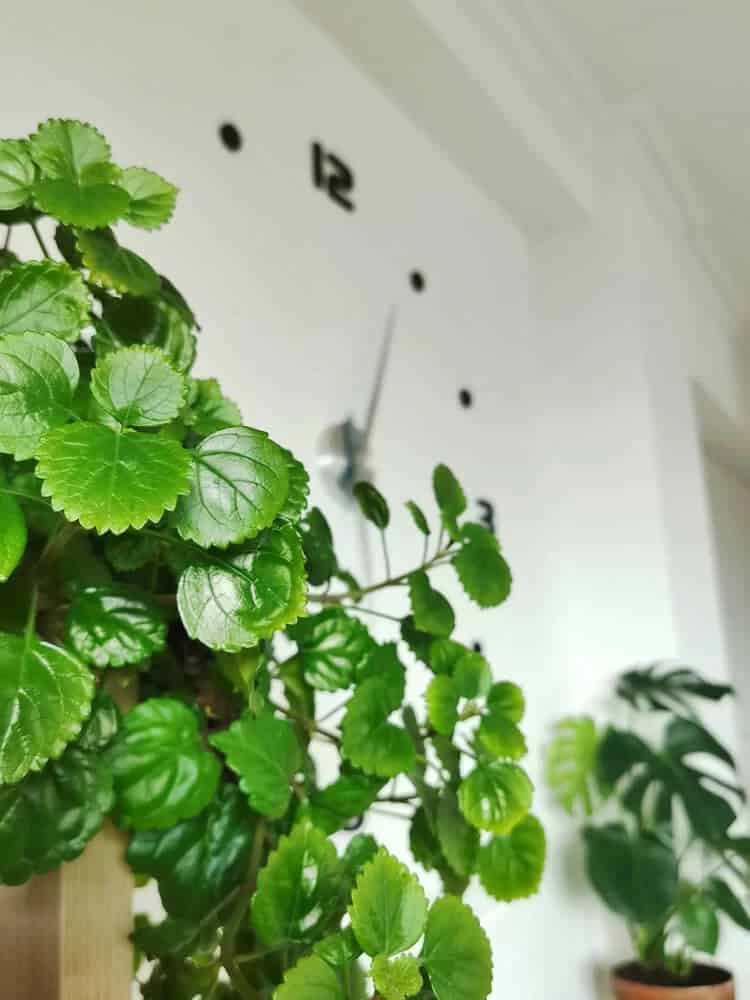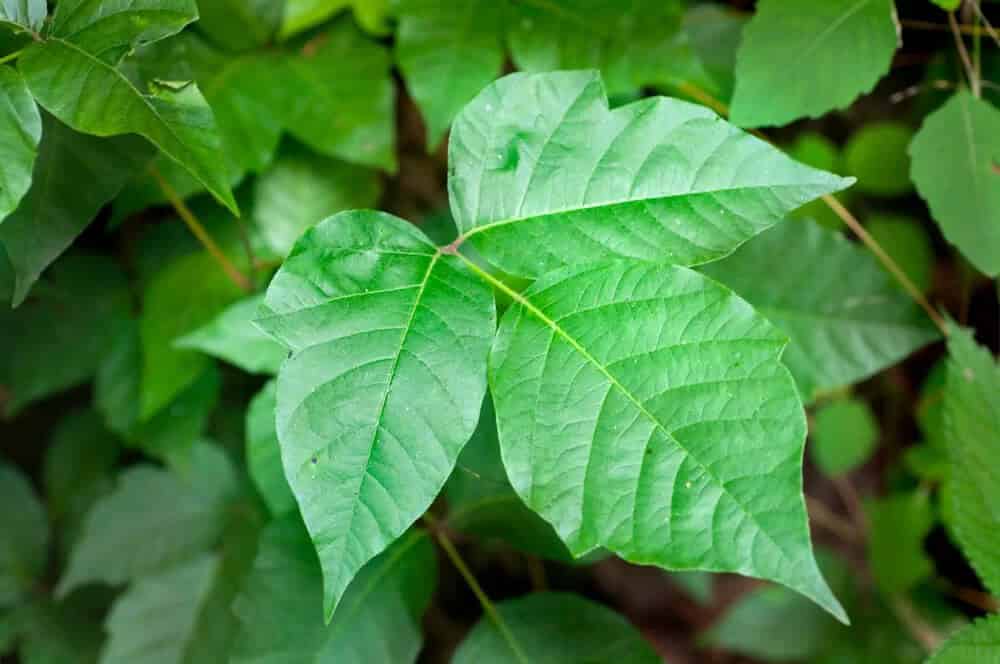When it comes to selecting a climbing plant or ground cover with striking foliage, gardeners often turn to the impressive world of ivies. Not only do these vines excel at scaling structures, but their leaves also boast unique shapes and color patterns that can truly make a statement.
True ivy plants hail from the Hedera genus, which encompasses various species and cultivated varieties.
While technically accurate to refer to all of these as ivies, there are also numerous other plant groups that share similar characteristics and are commonly referred to as ivies – even if they don’t belong to the official genus. With such a diverse array of options, we’ve chosen to include both genuine Hedera species and their imitators on this list.
Key Takeaways
While ivy plants may be a familiar sight in many gardens and landscapes, there’s still much to learn about these versatile and intriguing plants. This article delves beyond a simple list of popular varieties to explore the broader world of ivy. To that end, here are five key takeaways that emerge throughout our discussion.
Firstly, true ivy plants belong to the Hedera genus, encompassing both species and cultivars.
It’s also important to note that certain plants outside this genus may still be referred to as ‘ivy’ in common parlance.
One of the most striking aspects of ivy is its foliage – a stunning display that serves as the primary ornamental feature for many species. However, it’s worth noting that toxicity is another characteristic shared by many ivy plants; some degree of toxicity can be found in almost all varieties.
In addition to their aesthetic appeal and potential risks, ivy plants have evolved unique strategies to thrive in various environments. A notable example is the use of small suction cups, which enable these plants to attach themselves to walls, trees, and other structures with remarkable tenacity.
16 Climbing Ivy Plants that Make Your Garden Look Lusher than Ever
English Ivy (Hedera helix)
English ivy, Hedera helix, sets the standard for any list of ivy plants. As the most well-known and widely cultivated ivy species, it’s no surprise that this woody, perennial vine has earned a special place in many hearts. The English ivy’s broad, evergreen leaves are its crowning glory, with each one boasting a unique trident shape and a rich, dark green color flecked with light grey veins.
This iconic plant is the parent species of many popular cultivars, making it an essential introduction for any ivy enthusiast. With its versatility, hardiness, and stunning foliage, English ivy is a must-know for anyone who loves these charming vines.
Baltic Ivy (Hedera helix’ Baltica’)
While Baltic ivy closely resembles its parent species, Hedera helix, it’s one of the cultivars that may be difficult to distinguish from English ivy due to their nearly identical leaves. Like many English ivy cultivars, Baltic ivy boasts a range of characteristics that make it incredibly adaptable to varying sunlight and soil conditions. This fast-growing plant is also a reliable ground cover option, making it an attractive choice for gardeners.
Gold Child Variegated Ivy (Hedera helix’ Gold Child’)
The Gold Child Variegated Ivy stands out as the first of two gold-themed entries on our list. Its leaves boast an eye-catching trident shape, with multiple hues on display. While the central portion of each leaf maintains a dark green color, reminiscent of many other plant species, the margins are where the magic happens – a vibrant gold tone that sets this variety apart. For those seeking to add a pop of color to their ivy collection, the Gold Child Variegated Ivy is an excellent choice.
Gold Heart Variegated Ivy (Hedera helix’ Gold Heart’)
While our previous entry explored the gold child variegated ivy, this variety presents an entirely unique color pattern. Unlike the gold child’s subtle golden accents on leaf edges with green centers, the gold heart’s leaves feature broad patches of light gold at their core, surrounded by dark green margins. Moreover, the shape of the gold heart leaves is more rounded and heart-like, distinct from the trident-like appearance of the gold child variety.
Variegated Algerian Ivy (Hedera algeriensis ‘Gloire de Marengo’)
While Hedera algeriensis ‘Gloire de Marengo’, also known as variegated Algerian ivy, may be mistaken for another species due to its similar common name, it’s a distinct cultivar within the Hedera genus. This plant boasts an eye-catching color scheme featuring large green and white patches, serving as its primary ornamental characteristic. Its botanical name references the town of Marengo in Algeria, which once shared this name.
Algerian Ivy (Hedera canariensis)
The Algerian ivy (Hedera canariensis) boasts a unique combination of qualities that make it an invaluable addition to any garden or indoor space. This versatile plant is not only an excellent climber but also thrives as a ground cover, offering a range of creative possibilities for horticultural enthusiasts. Its leaves display a distinctive, muted green hue, subtly different from other ivy varieties.
Furthermore, Algerian ivy stands out for its low-maintenance requirements and remarkable shade tolerance, making it an ideal choice for areas with limited sunlight.
Variegated Persian Ivy (Hedera colchica ‘Dentata Variegata’)
The variegated Persian ivy plant is a testament to the versatility and hardiness of ivies. Its striking features include large white patches on leaf margins, which gradually fade to dark green at the center. This attractive appearance is accompanied by impressive durability. The cultivar boasts exceptional dependability, withstanding deer browsing and thriving in shaded areas with moderate watering needs.
With a simple care routine, you can successfully cultivate a variegated Persian ivy plant that reaches remarkable heights of over 40 feet.
Irish Ivy (Hedera hibernica)
The Irish ivy plant, also known as Atlantic ivy, brings our list of true ivies to a close. Despite being last on the list, it’s certainly not the least impressive. One of its most notable features is its trident-shaped leaves, which are slightly broader than those of other ivy species. The color of these leaves tends to be lighter than that of related ivy plants, making Irish ivy a popular choice among ivy enthusiasts.
Its unique characteristics and relatively broad leaves set it apart from other ivies, making it a great option for anyone looking to add some variety to their plant collection.
Devil’s Ivy (Epipremmum aureum)
While our previous discussions focused on true ivies from a botanical standpoint, this marks a turning point where we explore plants commonly referred to as ivies, even if they don’t strictly belong to that family. One notable exception is Devil’s ivy, often touted as one of the most popular indoor plants globally. Its remarkable ability to thrive in low-light conditions and produce an abundance of glossy leaves makes it an ideal choice for those who consider themselves inexperienced gardeners.
With its quick growth rate, this plant can quickly fill a space, making it an excellent option for anyone looking to bring some greenery into their home.
Marble Queen Devil’s Ivy (Epipremmum aureum’ Marble Queen’)
While exploring the world of plants, you may have noticed that many species come in both original and cultivated forms, showcasing unique leaf characteristics. Devil’s ivy is no exception, as seen in the marble queen devil’s ivy variety. Its name aptly describes the distinctive marbled appearance of its leaves, featuring intricate patterns that blend light green and stark white hues.
German Ivy (Delairea odorata)
While many gardeners adore ivy plants for their stunning foliage, German ivy takes it to the next level by also producing exquisite flowers. The blooms boast bright yellow petals with textured centers, offering a delightful visual treat. But what truly sets this plant apart is its exceptional leaves. The glossy green foliage of German ivy is not only vibrant but also features an irregular margin that adds an element of whimsy and uniqueness to each leaf’s shape.
Boston Ivy (Parthenocissus tricuspidata)
Boston ivy may seem like a quintessential New England plant, but its connection to Boston is more rooted in its tendency to thrive on historic brick buildings than it is in its origins. Native to Asia, this climbing plant has made itself at home on iconic college campuses across the region, earning its name from the city’s esteemed academic institutions. One of the most distinctive features of Boston ivy are its large, three-pointed leaves that fall off with the seasons.
Come autumn, these leaves often transform into a vibrant shade of red, adding a pop of color to the changing foliage landscape.
Virginia Creeper (Parthenocissus quinquefolia)
The botanical name of the Virginia creeper vine hints at its distinctive leaf structure, featuring five distinct parts that have led to its common name, the five-leafed ivy. A native plant of eastern North America, it flourishes in woodland environments, often simultaneously serving as a ground cover and climbing up tree trunks. The foliage transforms into vibrant red hues during autumn, prior to falling, making for a picturesque fall display.
As a native species, the Virginia creeper is an ecologically responsible choice for gardeners in the region, providing crucial support for various forms of wildlife, while also showcasing its unique beauty.
Swedish Ivy (Plectranthus australis)
Swedish ivy has become a staple in many homes due to its unique ability to thrive in containers. The plant’s striking appearance also adds to its popularity, boasting round leaves with wavy margins and a glossy dark green sheen. When the right conditions are met, Swedish ivy will even produce small off-white blooms on thin stems. However, to achieve optimal growth, this species requires a significant amount of light each day.
Ideally, it prefers 12-14 hours of direct sunlight, but it can still survive with lower light exposure, albeit with slightly less vigor. Despite these requirements, Swedish ivy remains a popular choice for indoor gardening enthusiasts.
Variegated Swedish Ivy (Plectranthus australis ‘Marginatus’)
Unlike its parent species, the variegated Swedish ivy stands out for its exceptional beauty. Its leaves, a soft green hue with delicate white accents along the wavy margins, are a significant upgrade from the standard Swedish ivy. As an indoor houseplant, this plant has earned a reputation for being relatively low-maintenance. Unlike some other plants, it rarely presents issues related to pests or diseases.
To keep your variegated Swedish ivy happy and healthy, simply ensure it’s planted in well-draining soil that can retain a moderate level of moisture. With proper care, this stunning plant is sure to flourish.
Poison Ivy (Toxicodendron radicans)
While Devil’s ivy may claim the dubious distinction of having the most ominous name among ivies, poison ivy is arguably the most notorious of them all. We’re not advocating for intentionally cultivating this plant on your property – quite the opposite, in fact. Our intention here is to equip you with the knowledge necessary to identify, avoid, and eradicate it if you encounter it.
Poison ivy’s toxic reputation precedes it, as it has a remarkable ability to trigger widespread red itchy rashes on those who come into contact with the oils secreted by its leaves. As such, it’s crucial to steer clear of this plant at all costs. To do so effectively, it’s essential to be familiar with its appearance. Poison ivy plants are deciduous vines characterized by their leaf sets of three, which often exhibit a shiny quality due to the aforementioned oils.
Leaf shape can also vary – some may be perfectly tapered ovals, while others on the same plant might feature jagged margins.
Frequently Asked Questions About Types of Ivy Plants
Can Ivy Be an Indoor Plant?
One of the most appealing aspects of ivy plants is their adaptability to thrive both indoors and outdoors. Specifically, true ivies from the Hedera genus, such as English ivy, are well-suited for indoor cultivation due to their low sunlight requirements. This versatility makes them an ideal choice for indoor gardening enthusiasts.
Interestingly, other plants that share the common name ‘ivy’ but aren’t technically part of the Hedera family also excel indoors, thanks to their similar sun-loving habits. Examples include Devil’s ivy and Swedish ivy, which offer similar benefits for indoor gardeners seeking a low-maintenance yet visually appealing addition.
Does Ivy Need Full Sun?
Ivy plants are known for their remarkable flexibility when it comes to sunlight exposure. While they don’t necessarily require direct sunlight, they can still thrive in conditions ranging from full sun to deep shade. In fact, ivies demonstrate an impressive ability to adapt to varying light levels, making them suitable for a wide range of environments.
This versatility is just one aspect that contributes to the enduring popularity of ivy plants – their ability to flourish in diverse lighting conditions, combined with other desirable traits, has cemented their place as a beloved choice among gardeners and plant enthusiasts alike.
Is Ivy a Good Potted Plant?
While ivy plants are incredibly versatile and can thrive under varying levels of sunlight, they also possess the ability to flourish in containers. In fact, their tolerance for shade and capacity to grow in pots make them an extremely popular choice among indoor gardeners. However, growing ivy in pots does come with some added responsibilities.
Primarily, when your ivy plant outgrows its container, you’ll need to transplant it into a larger one to prevent the roots from becoming restricted, a condition known as root bound.
Is Ivy Poisonous to the Skin?
While all types of ivy can cause skin issues, the severity of the reaction varies depending on the specific species. Poison ivy, in particular, is notorious for causing severe skin reactions. In contrast, many true ivies from the Hedera genus tend to induce milder symptoms like rashes and irritation. However, it’s essential to note that a toxic response doesn’t always occur when touching these plants. As a precautionary measure, handling any type of ivy is best done while wearing gloves.
Is Ivy Toxic to the Touch?
When it comes to ivy plants, it’s essential to exercise caution, as many of them contain oils that can cause adverse reactions upon contact. Poison ivy, in particular, is notorious for inducing severe allergic responses when its sap comes into contact with human skin. While other types of ivy may elicit milder symptoms on the skin, their toxicity increases significantly if ingested. This can result in unpleasant effects such as vomiting and diarrhea.
Given these risks, it’s crucial to keep a watchful eye on children and pets that venture near your ivy plants.
What is the Most Poisonous Plant in the World?
While ivy plants do pose some toxicity, they pale in comparison to other highly poisonous flora. In fact, certain plants like oleander stand out as being particularly deadly. Among these toxic varieties are castor oil and hemlock plants, with the latter potentially claiming the life of Socrates, a renowned Greek philosopher. Despite this, ivy plants remain a significant group, with many species existing in various forms.
Although this initial list provides some insight into the diversity of ivies, it barely scratches the surface of the questions that can be asked about these plants. Even those familiar with caring for ivies may find themselves uncertain about certain aspects of their behavior, growth habits, or requirements. This lack of knowledge highlights the need to further explore and learn about these fascinating flora.
16 Incredible Types of Ivy Plants that Any Expert Gardener Should Know
With a solid understanding of some of the most striking ivy species and their characteristics, it’s time to bring your knowledge full circle. You’ve discovered that ivies are indeed one of the most charming and refined climbing plants out there, offering an array of foliage forms and the ability to scale almost any surface.
Now, all that remains is for you to select the perfect ivy variety for your garden and get planting, allowing these beautiful plants to thrive and add a touch of elegance to your outdoor space.
